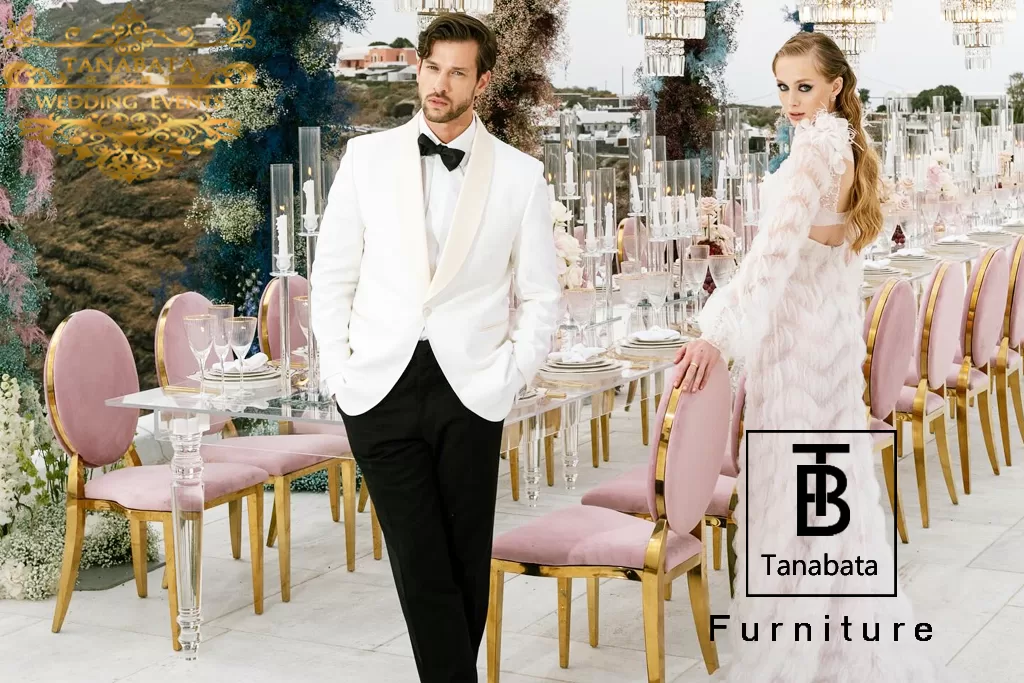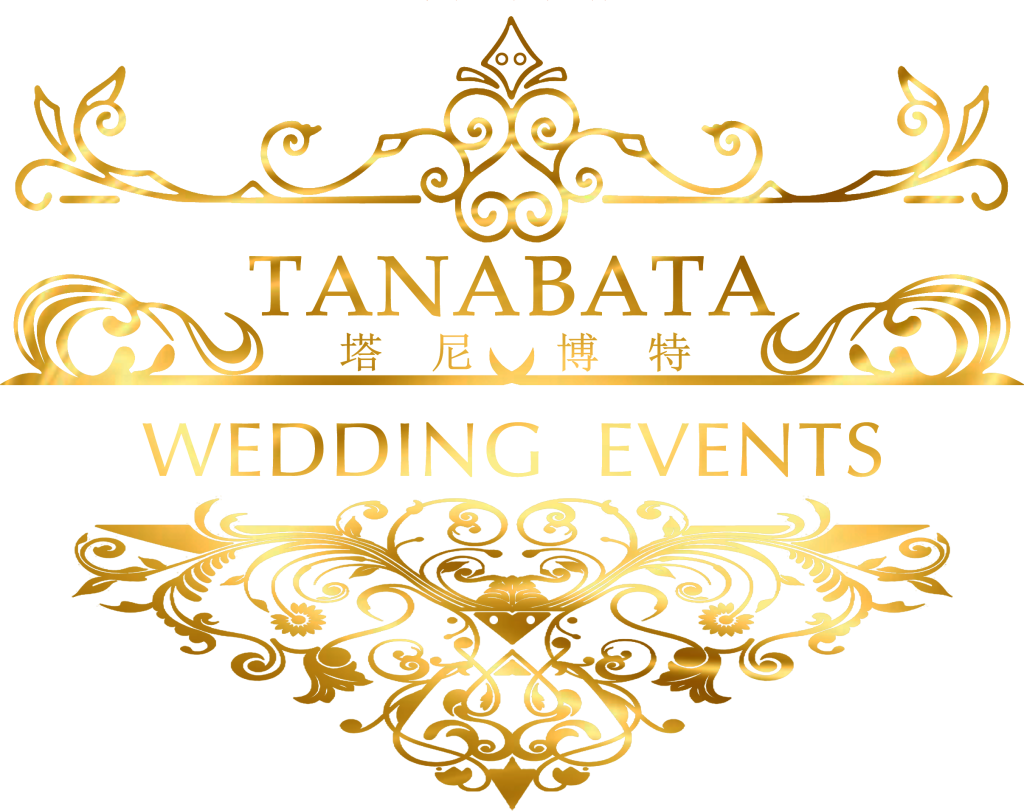For the Bride:

1. Know Your Body Type
- Hourglass: Choose mermaid or trumpet styles that accentuate your curves.
- Pear: A-line dresses balance the hips and emphasize the waist.
- Apple: Empire waist or ball gowns can create a more balanced silhouette.
- Rectangle: Look for dresses with added volume, like ball gowns, to create curves.
2. Consider the Venue and Season
- Beach Wedding: Lightweight fabrics like chiffon or organza; consider shorter hemlines.
- Formal Indoor: Satin, silk, and lace are ideal for a classic and elegant look.
- Winter Wedding: Long sleeves, thicker fabrics, and layered skirts can provide warmth and style.
3. Color and Fabric
- Traditional White: Timeless and classic.
- Ivory or Champagne: Adds a touch of vintage elegance.
- Fabric Choices: Satin for a sleek look, lace for romance, tulle for volume, and chiffon for flow.
4. Dress Shopping Tips
- Start Early: Begin shopping at least 6-9 months before the wedding.
- Set a Budget: Include costs for alterations, accessories, and undergarments.
- Bring Trusted Opinions: Limit your entourage to a few close friends or family members.
- Be Open-Minded: Try on different styles to see what flatters you most.
5. Accessories and Undergarments
- Veils and Headpieces: Choose based on the formality and style of your dress.
- Jewelry: Less is more; select pieces that complement your dress without overpowering it.
- Shoes: Prioritize comfort, especially if you’ll be on your feet all day.
- Undergarments: Proper fitting bras and shapewear can enhance your silhouette.
For the Groom:
1. Suit vs. Tuxedo
- Suit: Versatile and appropriate for most weddings.
- Tuxedo: Best for formal or black-tie events; features satin lapels and stripes on the trousers.
2. Fit and Tailoring
- Tailored Fit: Ensures a sleek and polished look. Invest in alterations for the best fit.
- Shoulders and Length: The jacket should fit snugly at the shoulders and the sleeves should end at the wrist bone.
3. Color and Fabric
- Classic Black or Navy: Timeless and versatile.
- Gray or Tan: Great for daytime or less formal weddings.
- Fabric Choices: Wool blends for comfort and durability, lighter fabrics for warm-weather weddings.
4. Shirt and Accessories
- Shirt: Crisp white or light-colored dress shirt; consider a pleated front for formal attire.
- Tie or Bowtie: Match with the wedding theme; solid colors or subtle patterns are classic.
- Cufflinks and Pocket Squares: Add a personal touch and elevate the look.
- Shoes: Polished dress shoes; black for darker suits, brown for lighter suits.
5. Coordinating with the Bride
- Complementary Colors: Ensure your suit color complements the bride’s dress and the wedding color scheme.
- Boutonniere: Should match the bride’s bouquet for a cohesive look.
General Tips:
- Comfort is Key: Both the bride and groom should feel comfortable and confident in their attire.
- Weather Considerations: Plan for the weather; have a backup plan for rain or extreme temperatures.
- Cultural Traditions: Incorporate any cultural or religious dress requirements or preferences.
By following these tips, both the bride and groom can ensure they look and feel their best on their special day.
About Tanabata Furniture
Established in 2006.
Tanabata team is an experienced wedding event furniture manufacturer. We love to bring our unique
creativity to life through the experiences we create for our clients.
We are a full-service event design and production factory, designing items and? creating
experiences all over the world.
Need to order wedding furniture? Welcome to contact!
Please follow our Instagram /TikTok or Pinterest to get more latest news.
